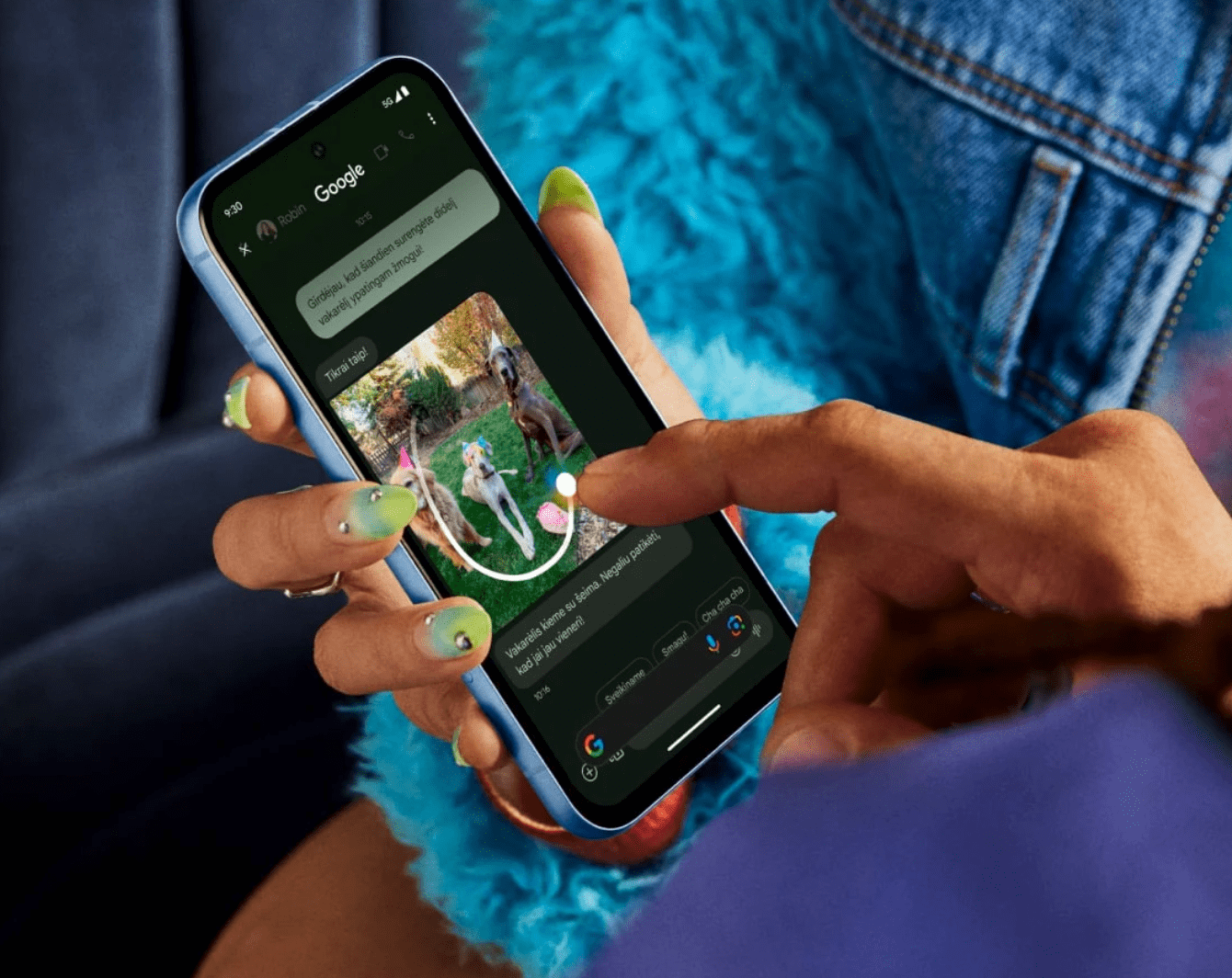Google has always managed to balance high-end features in its mid-range Pixel A series devices, but the cost has gradually increased over the various iterations. Google Pixel 8a continues this tradition by revealing itself to be an exceptional smartphone, but with a price of 549 euros (which however decreases with the various launch offers), it is important to understand why it is preferred over the often discounted Pixel 8.
The design of the Pixel 8a incorporates styling cues first introduced with the Pixel 6 series, featuring a camera bar that runs across the back of the phone, emphasizing the importance of high-quality cameras in the phone lineup. Google. The device has slightly more rounded edges than previous models, improving ergonomics, and the plastic back with a matte finish and the aluminum frame offer a feeling of robustness, although the smartphone maintains a lightness typical of mid-range phones (188 grams). The opaque material is effective at hiding fingerprints and dirt, reducing the need for frequent cleaning of the frosted glass surface.
The Pixel 8a features a 6.1-inch “Actua” OLED display with 1080×2400 resolution, a density of 430 PPI, and a 120Hz variable refresh rate. This improvement, compared to previous models, offers smoother scrolling and a better overall viewing experience. Despite a peak brightness of 2000 nits, using the device outdoors in bright light can be problematic, requiring you to crank the brightness all the way up for optimal visibility.
The beating heart of the Pixel 8a is the Google Tensor G3 SoC, combined with 8GB of RAM. Performance is smooth and hitch-free, making everyday use enjoyable and responsive. However, the heat produced by the chip is noticeable after about 10 minutes of intensive use, such as browsing Instagram or gaming. Despite this, this does not compromise the use of the device, which is always pleasant to use and does not suffer from the slightest glitch even with many apps open at the same time.

Naturally, Google has made artificial intelligence the protagonist of the phone’s features. AI features, such as “Circle and Search”, and “Magic Editor” for photos and videos are all present and work flawlessly, offering the same capabilities as the higher-end models. Google plans to introduce additional AI features via future updates, ensuring that the Pixel 8a remains competitive for years and always up to date with the latest version of Android. As a stock phone, it’s important to remember that operating system updates are released on the Pixel line often well ahead of the competition.
The cameras on the Pixel 8a continue to be one of the strengths of the Pixel series. The 64MP main sensor with optical stabilization and the 13MP ultra-wide-angle sensor offer high-quality images, with realistic colors and sharp contrast. The 13MP front-facing sensor also captures detailed selfies, with Portrait mode doing bokeh well, although it may struggle with complex textures. With a 4492mAh battery, Pixel 8a guarantees a whole day of battery life, even with intensive use. However, the 7.5W Qi wireless charging is slow and impractical, especially considering the lack of Qi2 support. Charging via USB-C cable remains the best choice for fast and efficient results.
The price of 549 euros for the 128GB version (609 euros for the 256GB version) makes the Pixel 8a an excellent mid-range device, with top-of-the-range features especially as regards the cameras and precious AI features. Seven years of support and updates, really useful features, secure face unlock, and an impressive 120Hz display are a rarity at this price, making the Pixel 8a one of the best phones of 2024 in its segment. All things considered, the strongest competition this year comes from Google itself: the original Pixel 8 can often be found on sale at a discount, at a similar price to the Pixel 8a, surpassing it in features.
#Pixel #review #Google #combines #advantageous #price #power
